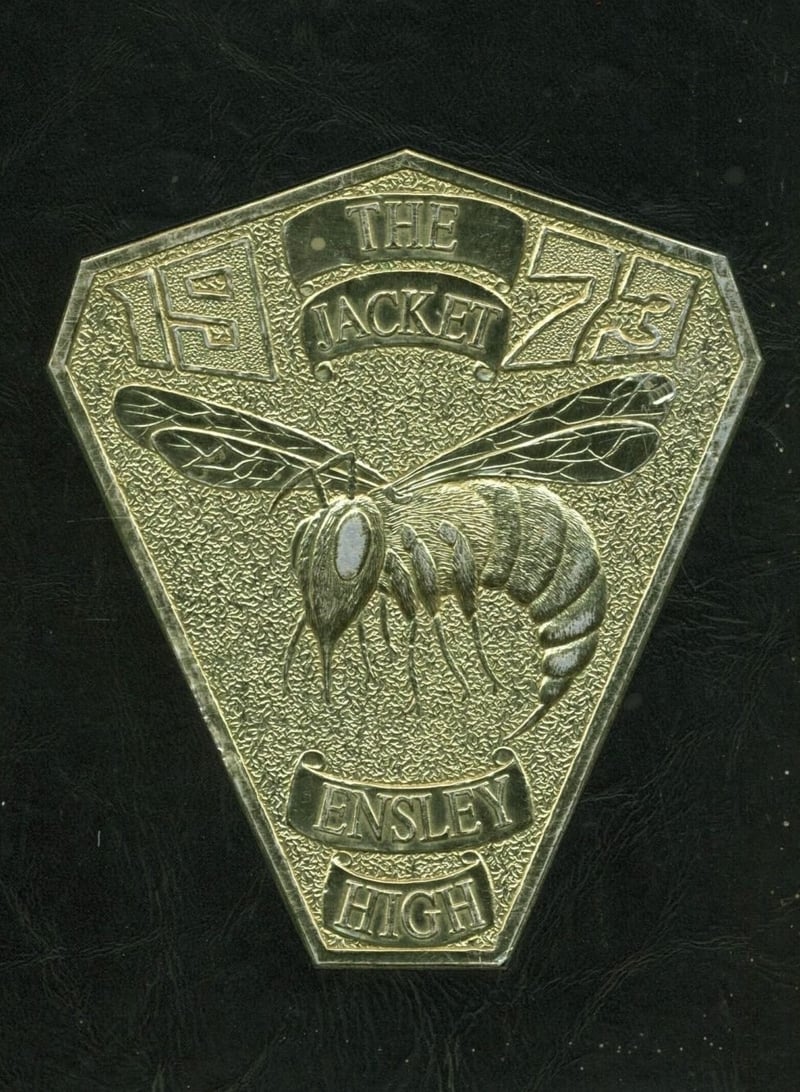| City/Town: • Birmingham |
| Location Class: • Educational |
| Built: • 1901 | Abandoned: • 2006 |
| Historic Designation: • African American Heritage Site |
| Status: • Demolished |
| Photojournalist: • David Bulit |
Table of Contents
Ensley High School
Ensley High School was founded in 1901 to serve the Ensley neighborhood of Birmingham, which was centered around major plants operated by U.S. Steel and the American Cast Iron Pipe Company. Classes were first held at the old Bush School before 1908, when a newer building designed by David O. Whilldin was constructed. Whilldin was responsible for designing notable Birmingham landmarks such as Legion Field and the Thomas Jefferson Hotel. When Ensley was annexed into the city of Birmingham, the high school was absorbed into the city’s school system.
The school population was initially quite small. Its first graduating class consisted of just two students, with classes consisting of less than a dozen students. A major addition to the school was completed in 1926, increasing the school’s capacity from 947 to over 2,000. One of the school’s first principals, Roy Dimmitt, compiled detailed statistical data about Ensley’s male students to determine their success. According to the statistics, he found that non-smoking students significantly outscored students who did. He concluded that two-thirds of those who failed a year or withdrew from school were smokers. His work was featured in Henry Ford’s 1914 anti-smoking volume “The Case Against the Little White Slaver.“

Great Depression
The Great Depression hit Birmingham harder than any other city and Ensley harder than the rest of Birmingham, as the community’s economy depended heavily on the demand for steel and iron. In 1936, over a hundred students at Ensley High School contracted food poisoning, which was traced back to cream puffs purchased from a local bakery. The Jefferson County Department of Health, which was unable to make inspections due to the Depression, found the conditions in the bakery to be filthy.
Decline of the community of Ensley
The community was reinvigorated during World War II, but its decline began soon after the war. Workers began moving away from Ensley to the suburbs because they could afford homes and automobiles to get to work. U.S. Steel also began focusing its operations at the Fairfield Works, eventually shutting down the steelworks in Ensley between 1975 and 1979. In 1970, Ensley had a population of nearly 19,000. By 1990, the population had declined to about 6,000.

Closure of Ensley High School
Ensley High School was an all-white school until September 1964, when the school was integrated, thankfully without any major incidents. The student body shifted to primarily African-American by the mid-1970s due to the major loss of the steelworks and persistent racism and segregation in the Birmingham area. It became the site of gang-related violence, one incident occurring in 1994 when a 15-year-old boy was shot in the chest outside the band room during lunch. In later years, Ensley High School was repositioned as a magnet school but closed in 2006 due to the diminishing school population. In the Fall of 2006, Ensley students were merged into the newly built Jackson-Olin High School.
Demolition
In July 2018, a fire broke out on the second floor of the vacant building, destroying a large portion of the school. The fire was deemed suspicious as the building had no power. The property was purchased in 2019 by the Birmingham City Council from the Board of Education for $50,000, with plans on soliciting proposals for redevelopment. In February 2021, a proposal was put forward by Zimmerman Properties of Atlanta, Georgia, with David Baker Architects to demolish the main school building and convert the gymnasium into a produce market or grocery store. The rest of the property would be redeveloped for 244 residential units and a 43,308-square-foot garage.
The Birmingham City Council agreed to the proposal, selling the property for $50,000 and providing $1.5 million towards the project in the form of a grant. The total project is expected to cost $54.6 million. Demolition of the high school and surrounding structures began in November 2021.
































